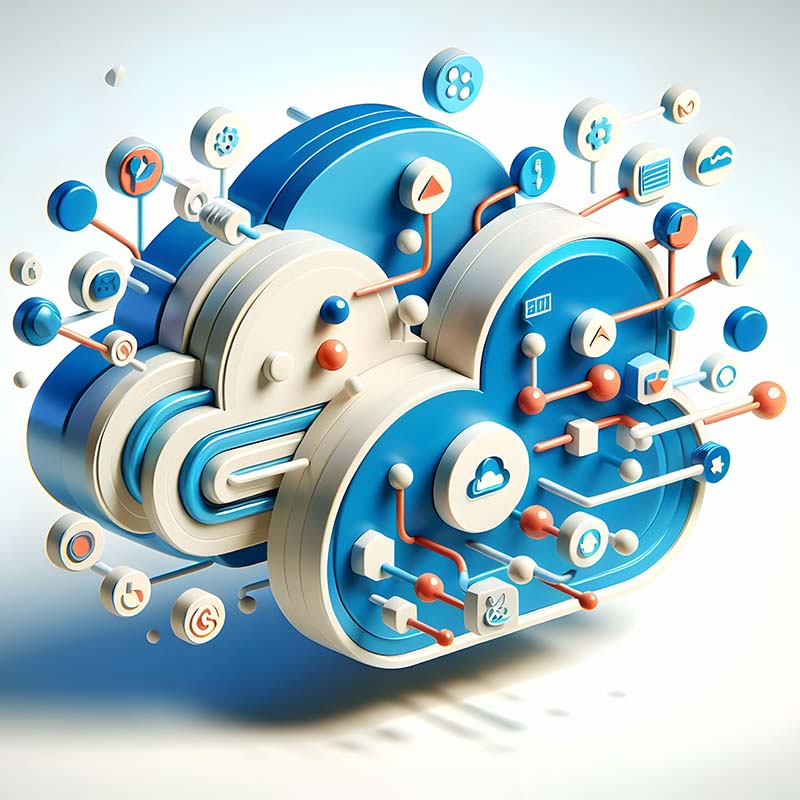The twin pillars of AI and cloud computing together are propelling businesses forward. Worldwide spending on public cloud services is forecast to swell from $679 billion in 2024 to $1 trillion in 2027, while the AI market will grow from $184 billion in 2024 to $407 billion in that same period.
Recent developments that suggest that AI and cloud computing are marching forward in lock step include:
Microsoft has integrated OpenAI's models, including ChatGPT, into its Azure cloud platform, and telecommunications leaders like Windstream, AudioCodes, AT&T, and Vodafone are already leveraging the Microsoft Azure OpenAI service to better engage with their customers and streamline their operations.
In June 2024, Oracle announced a partnership with OpenAI to extend the Microsoft Azure AI platform to Oracle Cloud Infrastructure (OCI).
Amazon Web Services is delivering generative AI capabilities, with users leveraging enterprise-grade security and privacy to scale their specific use cases.
Given this emerging intersection of cloud and AI, enterprise leaders should strive to understand how the rapidly expanding field of AI works in tandem with cloud computing technology to spur ever-greater innovation.
Why Cloud Computing and AI Make a Great Team
Businesses can utilize their existing cloud-skilled professionals to help drive AI adoption. That’s because AI requires not just new applications, but “good infrastructure people along with the developers who build the apps,” Nutanix President and CEO Rajiv Ramaswami told The Forecast.
Much of today’s infrastructure talent has been trained in cloud computing, and those skills, in turn, can be leveraged to accelerate AI.
There’s also symbiosis between AI and cloud computing in the realm of automation. Implementing AI can streamline simple processes, increasing efficiency and allowing IT talent to focus more on innovative development.






